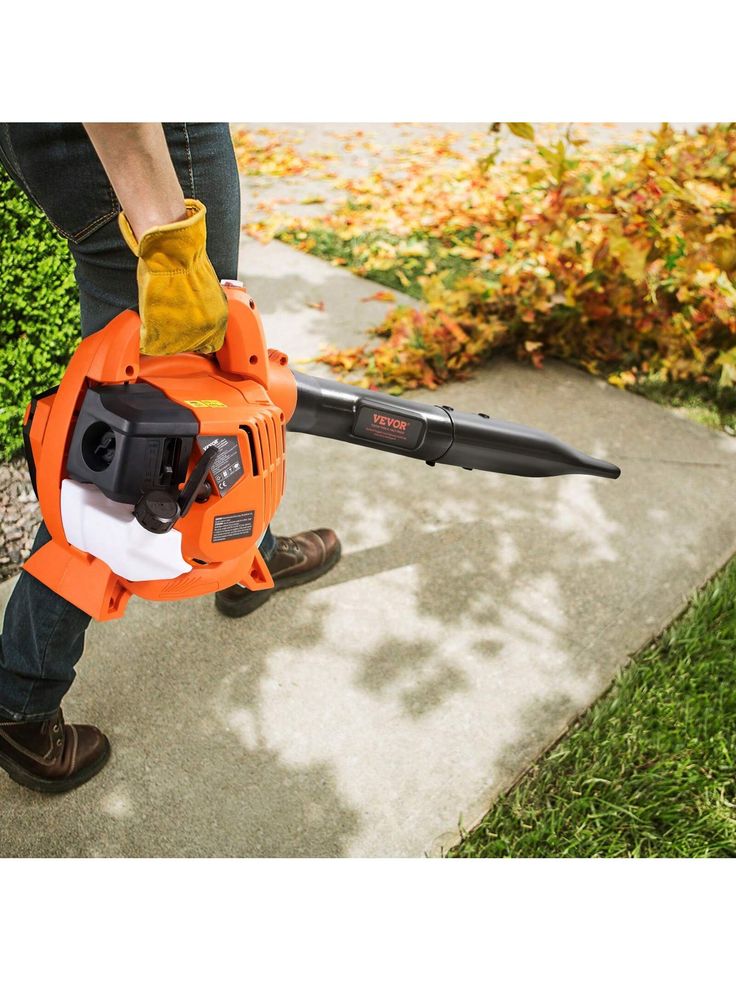Operating a backpack leaf blower, especially for extended periods, can be physically demanding. While power and efficiency are crucial, the comfort and ease of use, collectively known as ergonomics, play an equally vital role in preventing operator fatigue, reducing the risk of injury, and enhancing overall productivity. Modern backpack leaf blowers are increasingly designed with sophisticated ergonomic features that transform a strenuous chore into a more manageable task. Understanding these features is key to choosing a blower that not only performs well but also feels good to use.
Why Ergonomics Matter
Poor ergonomics can lead to a range of issues for leaf blower operators:
- Muscle Fatigue: Improper weight distribution or excessive vibration can quickly tire the back, shoulders, and arms.
- Discomfort and Pain: Long-term use of poorly designed equipment can result in chronic pain or even musculoskeletal disorders.
- Reduced Productivity: Fatigue leads to decreased efficiency and the need for more frequent breaks.
- Increased Risk of Injury: A tired operator is more prone to making mistakes or losing control of the equipment.
Investing in a blower with superior ergonomic features is an investment in your comfort, health, and long-term productivity.
Key Ergonomic Features to Look For
Modern backpack leaf blower incorporate several design elements aimed at maximizing operator comfort and control:
1. Advanced Harness Systems
This is arguably the most critical ergonomic feature. A well-designed harness system effectively distributes the blower’s weight across the operator’s hips and shoulders, rather than concentrating it on the back or arms.
- Padded Shoulder Straps: Thick, wide, and well-padded straps prevent digging into the shoulders and provide cushioning.
- Adjustable Straps: The ability to easily adjust strap length and position ensures a custom fit for different body types, allowing the user to find the optimal balance point.
- Hip Belt/Waist Strap: A robust hip belt transfers a significant portion of the blower’s weight to the hips, taking pressure off the shoulders and back. This is essential for heavy models and prolonged use.
- Sternum Strap: Helps keep the shoulder straps in place, preventing them from slipping and improving overall stability.
2. Anti-Vibration Technology
Vibration from gas engines can cause hand-arm vibration syndrome (HAVS) over time, leading to numbness, tingling, or reduced grip strength. Modern blowers use various methods to mitigate this:
- Spring-Loaded Mounts: The engine and fan assembly are isolated from the frame and harness using springs or rubber dampeners, absorbing vibrations before they reach the operator.
- Isolated Handles: The control handles are often designed with their own anti-vibration elements, further reducing vibration transfer to the hands.
3. Optimized Weight Distribution and Balance
While the overall weight of the blower is a factor, how that weight is distributed is equally important.
- Low Center of Gravity: A design that keeps the bulk of the weight low and close to the operator’s back enhances stability and reduces the feeling of being pulled backward.
- Balanced Design: Even powerful blowers can feel lighter and more maneuverable if their weight is evenly balanced.
4. Intuitive and Adjustable Controls
Ease of access and adjustability of controls contribute significantly to comfort and safety.
- Tube-Mounted Throttle: Placing the throttle control directly on the blower tube allows for easy adjustment of airflow without removing a hand from the handle.
- Cruise Control: A cruise control feature allows the operator to lock in a desired speed, eliminating the need to continuously squeeze a trigger and reducing hand fatigue.
- Variable Speed Trigger/Dial: Enables precise control over airflow, allowing the user to match the power to the task, which also helps reduce noise and save fuel/battery life.
5. Ventilated Back Pads
Especially important for gas blowers that generate heat, ventilated back pads (often mesh or channeled foam) allow air to circulate between the blower and the operator’s back, preventing excessive sweating and discomfort during hot weather.
Conclusion
Modern backpack leaf blowers are not just about raw power; they are increasingly designed with the operator’s comfort and well-being in mind. By prioritizing features like advanced harness systems, effective anti-vibration technology, optimized weight distribution, and intuitive controls, users can select a blower that minimizes fatigue and enhances productivity. Investing in a blower with top ergonomic features ensures that even the most extensive yard cleanup tasks can be completed efficiently and comfortably, protecting your body while getting the job done.

